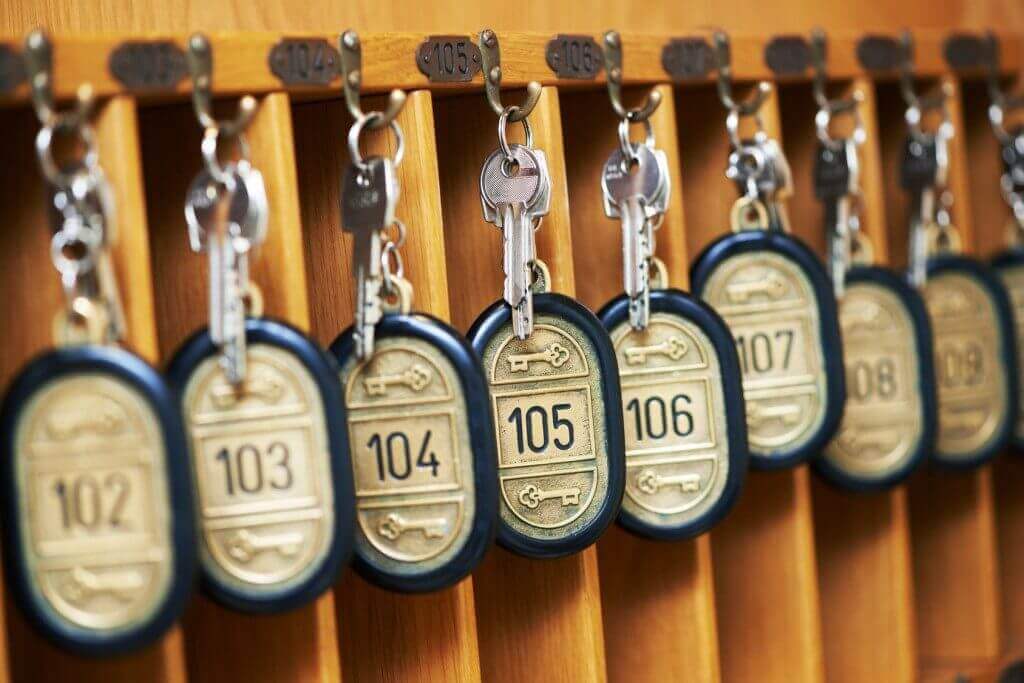
The present hotel cycle is defying conventional expectations of late-cycle Revenue Per Available Room (RevPAR) behavior. Over the previous two cycles, recovery began primarily with occupancy. As the cycles continued, average daily rate (ADR) began to rise. Eventually, the increases to ADR were the dominant contributor to RevPAR growth, and occupancies leveled off or even slightly declined.
These cycles, occurring from August 1992 to November 2002 and November 2002 to May 2010, lasted approximately ten and eight years, respectively. Well into the ninth year of its current cycle, we would expect that the hotel market would be showing the tell-tale occupancy and rate growth pattern seen in previous late-cycle periods; however, rather than driving RevPAR, real ADR (RADR) is barely moving nationally. Where we would have seen declining occupancies in the past, present occupancies are breaking new records seemingly every quarter.
Something may have changed about the way the hotel market operates, and several theories have been proposed or considered as possible explanations. While the traditional suspect for downturns in real RevPAR (RRevPAR) growth is supply overbuilding, recent developments in disruptive short-term lodging companies such as Airbnb have been raised as a possible contributor to sluggish rate growth.
In this article, I investigate the size of the discrepancy between occupancy and RADR. I then look to growth in conventional supply and in unconventional, short-term lodging supply. These two supply issues seem to bear equal weight in explaining the strange occupancy and rate behavior, and taken together account for more than half of the apparent gap between real RADR and occupancy.
1. Contribution Breakdown
RevPAR growth stems from both changes to ADR and occupancy. (Changes in RevPAR can be decomposed into the two contributions of its constituent components, Average Daily Rate (ADR) and Occupancy. RevPAR can be defined as RevPAR=ADR×Occupancy. Taking the total derivative yields dRevPAR=dADR×Occupancy+dOccupancy×ADR, substituting the discrete approximation yields).



